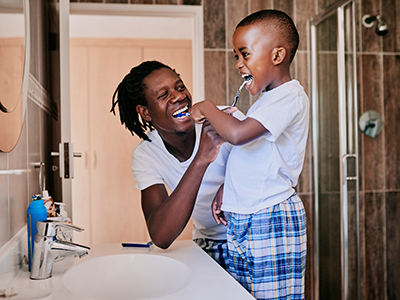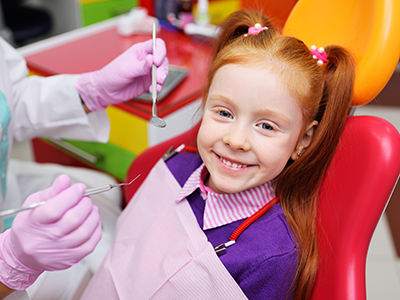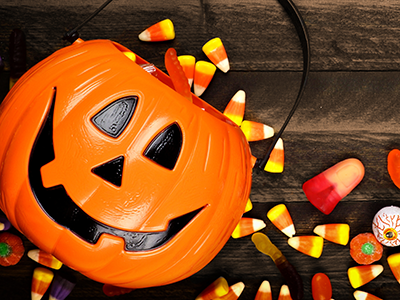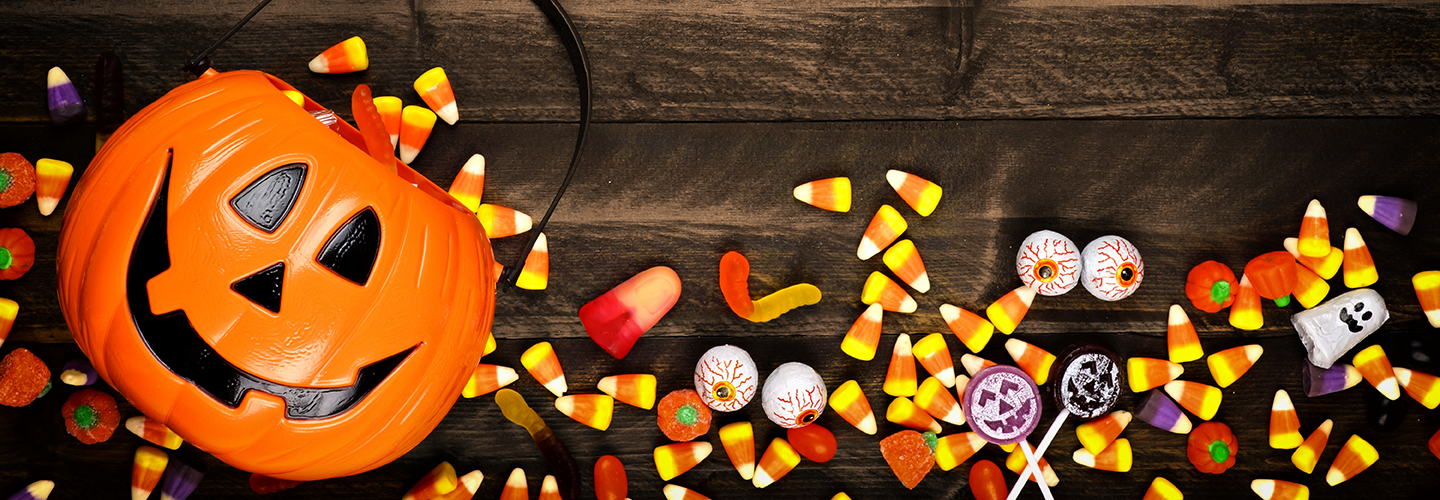Did you know that early childhood caries (tooth decay or a cavity) is the number one chronic disease affecting young children? In fact, early childhood caries is five times more common than asthma and twenty times more common than diabetes, according to the American Academy of Pediatrics (AAP). However, by instilling good dental hygiene habits such as brushing and flossing early on, parents can help put children on the path to a healthy smile.
Benefits of brushing and flossing for children
Brushing and flossing help to remove bacteria and food from children’s teeth that can build up throughout the day and in between meals. These healthy dental hygiene habits can help prevent cavities and gingivitis, and reduce bad breath.
Children with healthy teeth and gums have a healthy smile, which can help with their psychological growth as well.
Never too early to start
It’s never too early to start thinking about your child’s oral health. According to the Centers for Disease Control and Prevention (CDC), more than 40 percent of children have tooth decay by the time they reach kindergarten and children with dental caries in their baby teeth are at much greater risk for cavities in their adult teeth. Parents should begin to work with their pediatrician on their child’s dental hygiene within the first few weeks of a baby’s life.
What parents can do
So what can parents do to ensure good dental hygiene and prevent tooth decay in children? Here are some tips:
- Supervise younger children. If a child is 6 years old or younger, parents should help them brush their teeth twice a day, once in the morning after breakfast and once at night before they go to bed. Let them try it first and then help them to reach the difficult places in the back of their mouths. Additionally, the AAP recommends that parents only put a pea-sized amount of toothpaste on a child’s toothbrush until they are about 6 years old.
- Teach children to brush along the gum line of their teeth. Show children how to position half of the toothbrush on their teeth and half on their gums to help prevent gingivitis.
- Work on one thing at a time. Once a child is good at brushing their teeth, teach them how to floss to remove the bacteria from in between the teeth where a toothbrush cannot reach. Children should floss at least once a day, preferably at night. Children under 10 years of age will likely need help from a parent. In order to help them floss, parents can use floss picks and stand behind the child with their head tilted back to get a better view of the teeth.
- Limit sugars and starches. Do not let children drink milk, juice or other sweet drinks from a bottle or sippy cup throughout the day or at bedtime as it can lead to tooth decay. Give children water in between meals instead of juice to eliminate a consistent source of sugar for bacteria to grow.
- Offer healthy snacks for a well-balanced diet. Give children a choice between two healthy snacks like cheese or fruit. When children are a part of the decision process they are likely to be more satisfied with their snack. Starchy snacks like chips and crackers can be broken down into sugar and cause cavities.
- Schedule regular visits with your child’s dentist. A dental exam can reveal cavities and other conditions in growing children. Regular appointments can be a great opportunity to discuss cavity and injury prevention as well as braces and sealants.
- Be a positive role model. Parents can set a positive example for children by brushing their teeth twice a day and flossing as well. Parents should also limit saliva-sharing activities such as kissing or using the same utensils with children to help decrease the chance of vertically transmitting cavities to them.
Worried about fluoride?
Fluoride is a mineral that is often found in many foods, drinking water, toothpastes and mouthwashes. Once fluoride is incorporated into a tooth it makes it more resistant to acid attacks and can help prevent cavities. However, while fluoride is a safe product, children can get too much on their toothbrush and swallow it, which could cause discoloration of the permanent teeth.
Parents should control how much toothpaste children use on their toothbrush and supervise them to make sure they do not accidentally swallow it. Once children can spit and not swallow toothpaste, which is usually around ages 2 to 3, the AAP recommends that they begin using fluoride toothpaste.
 https://riseandshine.childrensnational.org/wp-content/uploads/2021/02/father-and-son-brushing-teeth-together-feature.png
300
400
Rise and Shine
https://riseandshine.childrensnational.org/wp-content/uploads/2017/11/childrens_riseandshine_logo.jpg
Rise and Shine2021-02-19 09:53:362022-09-08 13:22:103 expert tips for keeping your child’s teeth healthy
https://riseandshine.childrensnational.org/wp-content/uploads/2021/02/father-and-son-brushing-teeth-together-feature.png
300
400
Rise and Shine
https://riseandshine.childrensnational.org/wp-content/uploads/2017/11/childrens_riseandshine_logo.jpg
Rise and Shine2021-02-19 09:53:362022-09-08 13:22:103 expert tips for keeping your child’s teeth healthy


 Erik Scheifele, DMD, was the Division Chief of Oral Health at Children's National.
Erik Scheifele, DMD, was the Division Chief of Oral Health at Children's National.






Leave a Comment
Want to join the discussion?Feel free to contribute!